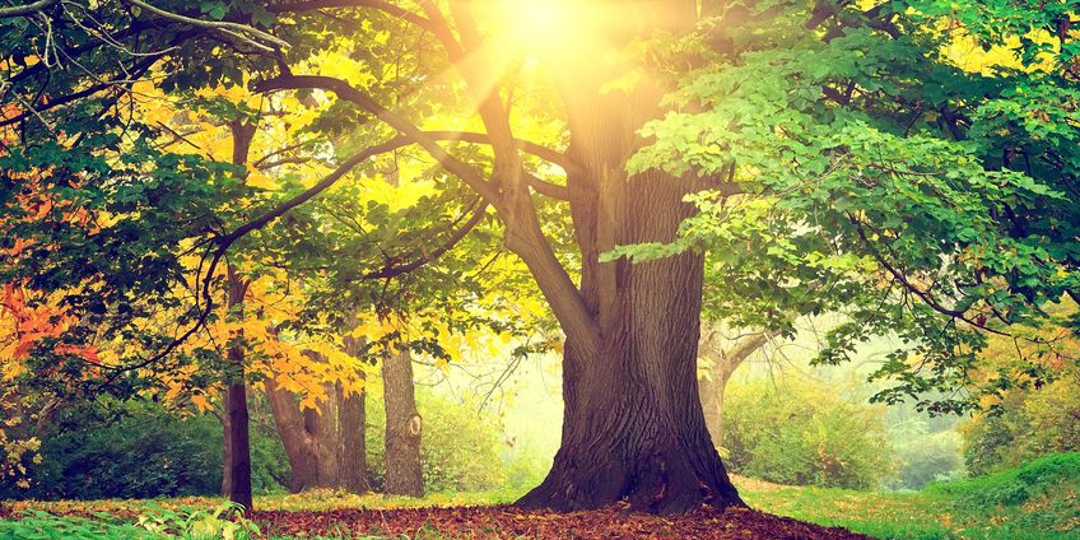In the Brazos Valley, Texas, the weather can be unpredictable, with sudden and intense bursts of wind known as microbursts. These powerful phenomena can have a significant impact on the trees that grace our landscapes. In this blog post, we will explore the remarkable ability of thick trees in the Brazos Valley to withstand and recover from microbursts.
Understanding Microbursts
Microbursts are localized weather events characterized by strong, sudden downdrafts of wind that hit the ground and radiate outward. These intense wind gusts can reach speeds of up to 100 miles per hour and cover an area of a few miles in diameter. They are typically associated with thunderstorms and can cause significant damage to trees, structures, and the surrounding environment.
The Resilience of Thick Trees
Thick trees, with their sturdy trunks and extensive root systems, have evolved to withstand the forces of nature, including microbursts. Their robust structure allows them to absorb and dissipate the impact of strong winds more effectively than smaller or weaker trees.
In the Brazos Valley, there are several types of thick trees that have shown resilience in withstanding microbursts. The ability of thick trees to flex and sway during a microburst helps reduce the risk of uprooting or snapping. Here are some examples:
- Live Oak (Quercus virginiana): Live oaks are known for their broad canopy and thick, sturdy branches. They have a strong root system that spreads wide, providing excellent anchorage and stability during high winds. Live oaks are native to the Brazos Valley and are well-adapted to the local climate.
- Pecan (Carya illinoinensis): Pecan trees are known for their strength and size. They have a robust trunk and extensive root system that helps them withstand wind gusts. Pecan trees are commonly found in the Brazos Valley and are known for their ability to recover from severe weather events.
- Bald Cypress (Taxodium distichum): Bald cypress trees are characterized by their strong, buttressed trunks and widespread root systems. They are well-suited to wetter areas, such as near rivers and streams, and can withstand both high winds and flooding. Bald cypress trees are known for their adaptability and resilience.
- Cedar Elm (Ulmus crassifolia): Cedar elms are native to Texas and are well-adapted to the region's climate. They have a strong, durable trunk and a deep root system that helps them withstand storms and wind gusts. Cedar elms are often found in the Brazos Valley and are known for their ability to recover quickly from damage.
- American Sycamore (Platanus occidentalis): American sycamores are large, sturdy trees with a distinctive mottled bark. They have a strong root system that helps anchor them in the ground, providing stability during strong winds. American sycamores are commonly found along waterways in the Brazos Valley and have shown resilience in withstanding microbursts.
It's important to note that while these trees have shown resilience to microbursts, no tree is entirely immune to damage. Proper tree care, including regular inspections, pruning, and maintenance, is essential to ensure the health and safety of these trees during severe weather events
Root Systems and Anchorage
One key factor that enables thick trees to withstand microbursts is their well-developed root systems. The roots anchor the tree securely in the ground, providing stability and support. Deep, widespread roots are particularly effective at anchoring the tree during extreme weather events. Additionally, certain tree species in the Brazos Valley have adapted with root structures that spread wide rather than deep, enhancing their resistance to wind-induced stress.
Recovery and Regrowth
Despite the powerful impact of microbursts, thick trees in the Brazos Valley have a remarkable ability to recover and regenerate. After enduring a microburst, these trees activate their natural healing mechanisms. They initiate the process of compartmentalization, sealing off damaged areas to prevent further spread of decay. Over time, new growth emerges, and the tree gradually regains its strength and vitality.
Preserving Tree Health and Safety
Thick trees in the Brazos Valley demonstrate an impressive ability to withstand the power of microbursts, thanks to their structural adaptations and robust root systems. By understanding their resilience and implementing proper tree care practices, we can ensure the continued beauty and longevity of these remarkable natural wonders in our community.
While thick trees have inherent resilience, it is important to ensure their ongoing health and safety. Regular tree inspections and maintenance by professionals like Monster Tree Service can identify potential vulnerabilities and address them promptly. Pruning, tree health assessments, and preventive care measures can help fortify trees, making them better equipped to withstand future microbursts and other weather-related challenges.

